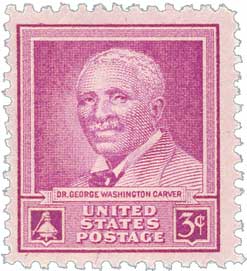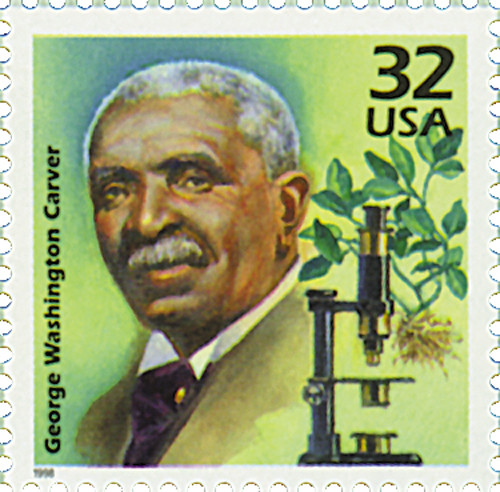
# 3183c FDC - 1998 32c Celebrate the Century - 1910s: George Washington Carver
32¢ George Washington Carver
Celebrate the Century – 1910s
City: Washington, DC
Quantity: 12,533,000
Printed By: Ashton-Potter (USA) Ltd
Printing Method: Lithographed
Perforations: 11.5
Color: Multicolored
Death Of George Washington Carver
Carver was born into slavery in the early 1860s in Diamond Grove, Missouri. His exact birth date is unknown. One night while the Civil War still raged, night raiders kidnapped the week-old Carver, his mother, and sister. His family’s owner, Moses Carver, was only able to find and save George and would raise him and his brother as his own children.
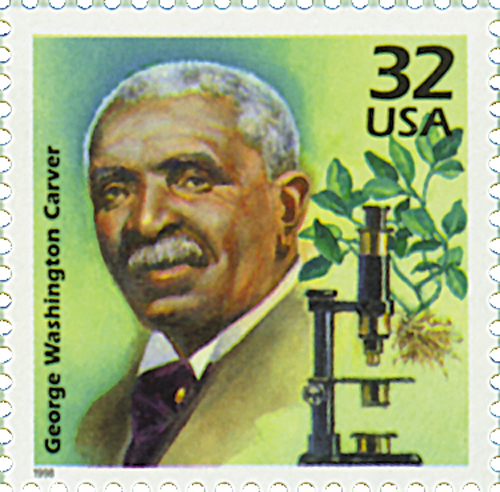
Moses Carver and his wife encouraged young George to pursue academics, teaching him reading and writing. He attended several schools before graduating from Minneapolis High School in Kansas. He was then accepted to Highland University, but upon arriving at the school was turned away because of his race. Carver then established a homestead claim near Beeler, Kansas, where he started a small conservatory of plants and flowers. He personally plowed 17 acres of the land to plant rice, corn, Indian corn, and a variety of produce including fruit and other trees. Carver also worked odd jobs around town.
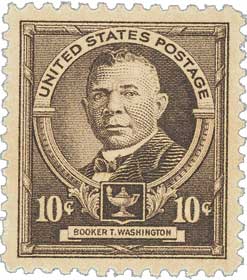
In 1888 Carver received a loan to further his education and went to Simpson College to study art and piano. His art teacher saw his talent for painting plants and suggested he study botany. He went on to become the first African American student at Iowa State Agricultural College. Carver’s work studying plant pathology (diseases) and mycology (fungi) earned him national attention, and he was then made the first African American teacher at Iowa State.
In 1896, Booker T. Washington invited Carver to serve as head of the Agriculture Department at the Tuskegee Institute. In his 47 years there, Carver taught crop rotation, introduced cash crops to improve soil, and promoted farming for self-sufficiency. In addition to teaching classes, Carver ran an agricultural experiment station and began to focus his research on soil conservation and crop production.
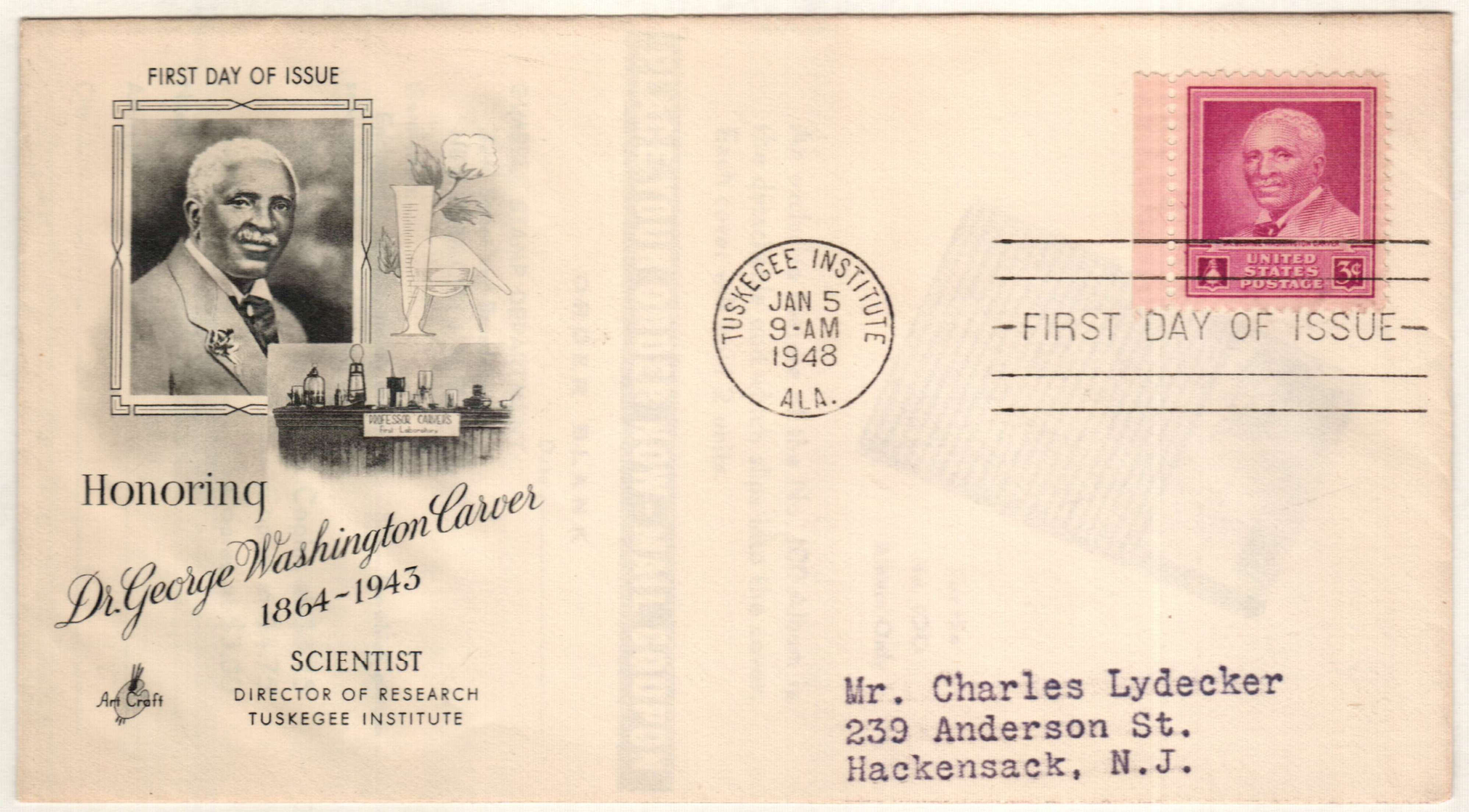
Carver’s research was inspired by a desire to help poor Southern farmers, especially black sharecroppers. He promoted methods of alternating soybean and peanut crops with cotton to improve the fertility of the soil. He also developed a variety of uses for these crops to make them more appealing. In 1914, he began to focus his research on peanuts. George Washington Carver has been called the “Peanut Man,” and indeed, he made over 300 products from peanuts, including a milk substitute, face powder, printer’s ink, and soap.
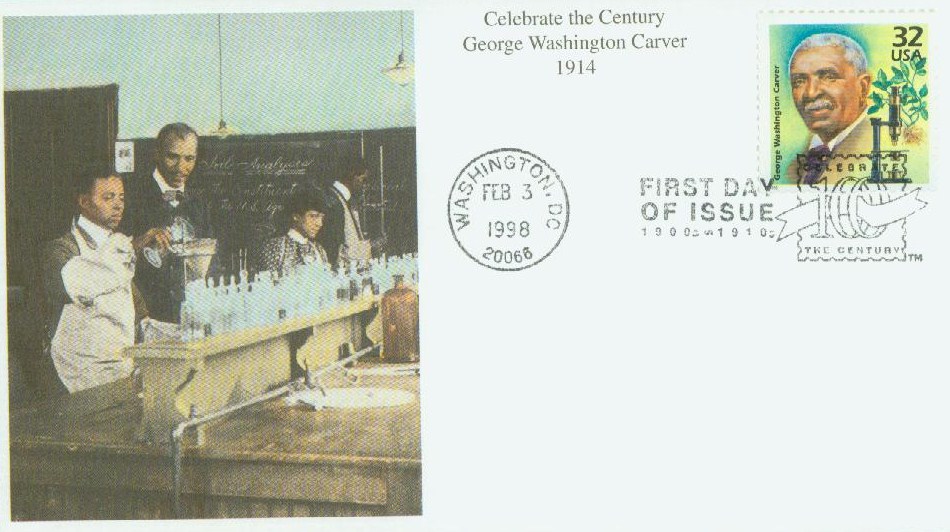
Carver also worked to promote the interests of African Americans and to improve race relations. He earned awards for his contributions to science but had other successes as well. His work inspired the achievement of African Americans and enriched the lives of poor farmers.
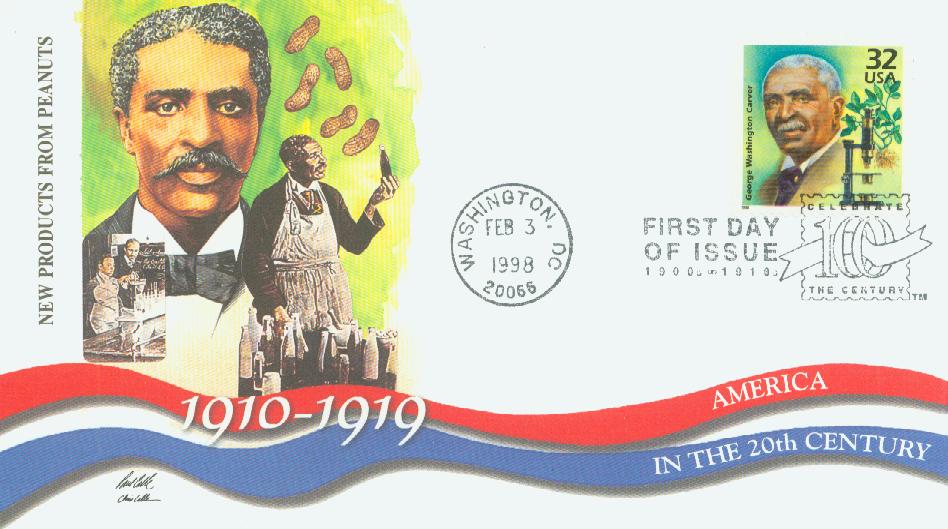
Carver became a celebrity in his life and spent his final years on national tours promoting Tuskegee University, peanuts, and racial harmony. He met with three presidents (Theodore Roosevelt, Calvin Coolidge, and Franklin Roosevelt). Carver died on January 5, 1943, from complications after suffering a bad fall down a flight of stairs. He left his entire life savings to the Carver Museum and the George Washington Carver Foundation. Later that year, Franklin Roosevelt committed $30,000 toward the George Washington Carver National Monument, which opened in 1953.
32¢ George Washington Carver
Celebrate the Century – 1910s
City: Washington, DC
Quantity: 12,533,000
Printed By: Ashton-Potter (USA) Ltd
Printing Method: Lithographed
Perforations: 11.5
Color: Multicolored
Death Of George Washington Carver
Carver was born into slavery in the early 1860s in Diamond Grove, Missouri. His exact birth date is unknown. One night while the Civil War still raged, night raiders kidnapped the week-old Carver, his mother, and sister. His family’s owner, Moses Carver, was only able to find and save George and would raise him and his brother as his own children.

Moses Carver and his wife encouraged young George to pursue academics, teaching him reading and writing. He attended several schools before graduating from Minneapolis High School in Kansas. He was then accepted to Highland University, but upon arriving at the school was turned away because of his race. Carver then established a homestead claim near Beeler, Kansas, where he started a small conservatory of plants and flowers. He personally plowed 17 acres of the land to plant rice, corn, Indian corn, and a variety of produce including fruit and other trees. Carver also worked odd jobs around town.

In 1888 Carver received a loan to further his education and went to Simpson College to study art and piano. His art teacher saw his talent for painting plants and suggested he study botany. He went on to become the first African American student at Iowa State Agricultural College. Carver’s work studying plant pathology (diseases) and mycology (fungi) earned him national attention, and he was then made the first African American teacher at Iowa State.
In 1896, Booker T. Washington invited Carver to serve as head of the Agriculture Department at the Tuskegee Institute. In his 47 years there, Carver taught crop rotation, introduced cash crops to improve soil, and promoted farming for self-sufficiency. In addition to teaching classes, Carver ran an agricultural experiment station and began to focus his research on soil conservation and crop production.

Carver’s research was inspired by a desire to help poor Southern farmers, especially black sharecroppers. He promoted methods of alternating soybean and peanut crops with cotton to improve the fertility of the soil. He also developed a variety of uses for these crops to make them more appealing. In 1914, he began to focus his research on peanuts. George Washington Carver has been called the “Peanut Man,” and indeed, he made over 300 products from peanuts, including a milk substitute, face powder, printer’s ink, and soap.

Carver also worked to promote the interests of African Americans and to improve race relations. He earned awards for his contributions to science but had other successes as well. His work inspired the achievement of African Americans and enriched the lives of poor farmers.

Carver became a celebrity in his life and spent his final years on national tours promoting Tuskegee University, peanuts, and racial harmony. He met with three presidents (Theodore Roosevelt, Calvin Coolidge, and Franklin Roosevelt). Carver died on January 5, 1943, from complications after suffering a bad fall down a flight of stairs. He left his entire life savings to the Carver Museum and the George Washington Carver Foundation. Later that year, Franklin Roosevelt committed $30,000 toward the George Washington Carver National Monument, which opened in 1953.






